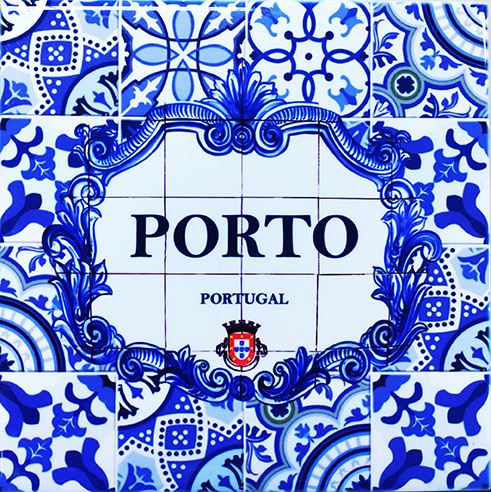Our Birthplace

Tecnimprensa was born and remains headquartered in Porto downtown.
Porto is the second largest city in Portugal. The country name comes from the name of the city in its origin: Portus Cale. In the nation initial steps, Portus Cale was the capital city of Condado Portucalense.
Integrated in the northwest region of Portugal, a highly industrialized cluster, home of some of the largest Portuguese industrial companies, Porto is recognised since old times as the ‘Capital of Work’.
Lisbon, Portugal’s largest city, is simultaneously modern and old, wide, and shiny, known as the City of Light, where the sun shines up to 290 days per year and the temperature rarely drops below 15ºC. The most occidental capital in Europe is an historical city, beautiful, full of cultural animation and entertainment.
Other important and stunning cities in Portugal are Braga, Guimarães, Coimbra, Leiria, Évora or Viana do Castelo, among many others.
Porto visitors often arrive via Francisco Sá Carneiro airport, considered the best medium size airport in Europe by Airport Coucil International.
Today Porto is a referential touristic destination, elected Best City Destination on the World Travel Awards 2022. Porto historical centre is classified by UNESCO as World Heritage. The city’s architectural style features banded twin houses, which front lines are typically made of granite and covered with tyles, with wooden windows sectioned in small rectangles. Quite often serving the logic of “One Family, One Business (ground floor), One Residence (upper floors)”.
In Porto you can visit the famous Lello library, considered by CNN spectators in 2014 the most beautiful library in the world. It’s a common say, attending to the similarities with Hogwarts main staircases and to the fact that J. K. Rowling lived in Porto in the 90’s, that Lello architecture might have served as an inspiration to Harry Potter’s author.
The city is recognised within the architecture global community as the birth of a contemporary current named Escola de Arquitetura do Porto, which most famous members are Fernando Távora, Álvaro Siza Vieira and Eduardo Souto Moura.
Also famous are the six bridges over river Douro, connecting Porto and Vila Nova de Gaia. Four of them featuring an arch. All the six were built in different eras, with diverse technologies and styles, but each one of them became a symbol and a reference of its time The railway bridge D. Maria Pia, inaugurated in 1877, is considered one of Gustave Eiffel’s masterpieces. In the date of the inauguration, it was world’s largest stainless-steel arch. Downstream, we find Luiz I bridge, also featuring an arch in stainless steel, and its two decks at different heights, which structure is a true iron filigree, admired by its beauty. It was inaugurated in 1886. The Arrábida bridge, design by Eng. . Edgar Cardoso, featured at the time of its construction in 1963, the world largest arch in reinforced concrete, with a span dimension of 270 meters. Today is still considered a work of art. Finally, the Infante bridge, build with a flexible arch with 1,50 meters thickness and a 280 meters span (ration span/arrow of 11,2), which, in line with the tradition among bridges connecting Porto and Gaia, meant a world record in such type of bridges and served as a model for several bridges built after.
The stunning picture offered by the riversides of Porto and Gaia, featuring the Port wine cellars, and connected by the Luiz I bridge, is one of the most beautiful landscapes one can look at.
Culinary wise, Porto is highly appreciated by its inhabitants as well as by visitors. The most popular dish is ‘Francesinha’, considered one of the 50 best dished in the world by TasteAtlas Awards 2020 – The Best Traditional Food in the World, and one of the 10 best sandwiches in the world by Aol Travel and by the Spanish edition of Condé Nast Traveller.
Douro river flown into the Atlantic Ocean in Porto’s old and cosy quarter Foz do Douro. Following the river path upstream, we find the famous vineyards that bestow us with Port wine and world class table wine from Douro region. The topography of the land, steep and irregular, forced the construction of sequences of terraces on every hill, costing a huge amount of blood, sweat and tears from the local inhabitants, such was the size and the difficulty of the job. The sun exposure, the weather, and the soil – schist, which absorbs heat during the day, releasing it during the night, thus keeping the temperature of the roots within a narrow band – contributes to wines of exceptional quality, exported all over the world. Like Porto downtown and riverside, also the Alto Douro wine region is classified as World Heritage by UNESCO.
The last but not the least, the unanimously recognized sympathy and hospitality of Porto inhabitants, that makes everybody feel warmly welcome!
Bem vindo ao Porto!

